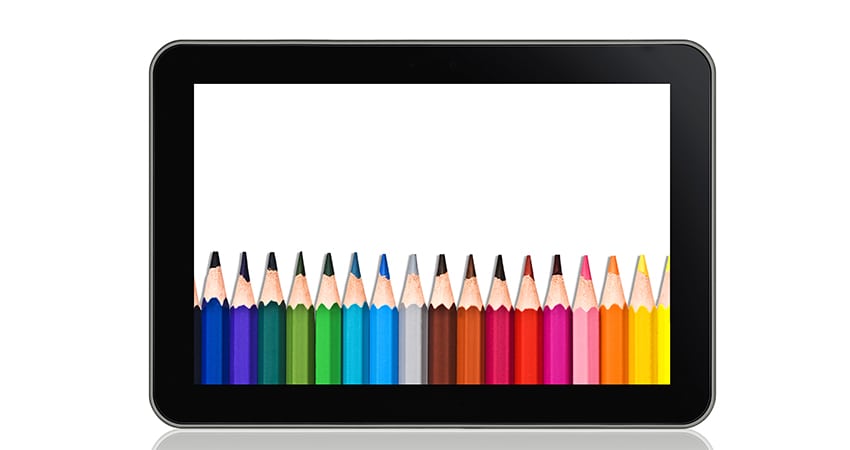Domestic back-to-school spending is projected to reach $27.6 billion this year or $510 per household, up slightly from $501 in 2017, according to data from Deloitte’s annual back-to-school survey.
The use of desktops and laptops is expected to lose share, with 49% of respondents this year saying they planned to do so, down from 53% in 2017, while mobile is projected to increase from 49% to 53%. In-store shopping is expected to be the preferred channel during back to school, representing $15.7 in total sales. The average spend for in-store purchases is projected at $292.
Clothing and accessories are expected to dominate at $15.1 billion in sales, followed by school supplies ($6 billion), computers and hardware ($3.7 billion) and electronic gadgets ($2.8 billion).
While demand and average spend is high for clothing and accessories at $286, the highest average planned spend for computers and hardware is slightly higher, at $299.
The survey revealed that children will likely influence over $21 billion in back-to-school spending, with 80% having a moderate-to-high influence in clothing and accessory purchases.
Online back-to-school shopping will be $6.3 billion, according to Deloitte, at an average spend of $115. Those undecided about which channel to shop in are expected to spend $5.5 billion, with an average spend of $104.
“The amount people plan to spend and tendency to shop in physical stores for back-to-school are consistent with last year, but retailers need to act fast for that $5.5 billion wild card,” said Rod Sides, Vice Chairman, Deloitte LLP, and U.S. Retail, Wholesale and Distribution Leader, in a press release. “In just one year, previously undecided dollars have shifted dramatically by product category.”
Sides said, for example in 2017, 30% of people said they hadn’t decided if they would purchase computers online or in-store and that number shrunk 20% this year, most of it going online. In electronics, undecided spending dropped 10 percentage points, moving primarily into the stores.
Mass merchants are once again the most popular type of back-to-school retailer, cited by 83% of survey respondents, while price-based retailers (38%) and pure-play ecommerce sellers (36%) aren’t nearly as popular.
Shopping activity is expected to peak by early August, with about 90% of shoppers active from late July to early August, accounting for 66% of all sales. By period, shoppers are expected to spend $9.9 billion in the first two weeks of August and $8.1 billion in late July.
Parents who begin their shopping in July are likely to spend 20% more than late starters, Deloitte found. Early shoppers are more deal-seeking (40% vs. 27%) and mobile-savvy (55% vs. 50%) compared to late shoppers. They’re also bigger spenders, at an average outlay of $544, compared to $455 for later shoppers.
This year customers expect online and physical shopping experiences to be complementary. Fifty-six percent said they plan to research online before making in-store purchases, while 52% said they would purchase from online retailers who offer free shipping.
Less than 25% of respondents said they were likely to use social media during back-to-school season. Of those so inclined, finding promotions (cited by 63%) or coupons (59%) and browsing products (44%) were listed as their primary objectives.

